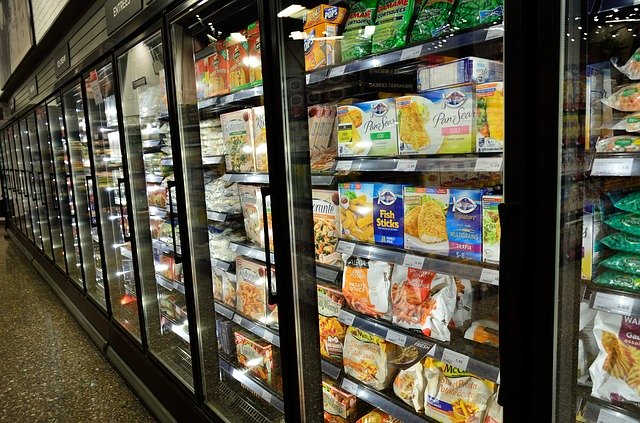The reasons can vary from “I don’t have time to cook”, to “It’s too hard to cook for one person”, to “I don’t really know how to cook.” Whatever the reason, enter the frozen dinner. Peel off the plastic, pop it in the microwave and dinner is done.
Frozen dinners have come a long way and are certainly improved from the high fat, low fiber varieties that were mainly meat and potato based. Now consumers can buy vegan, gluten-free, calorie controlled, kid-friendly and other varieties of frozen meals. But are they the healthiest option on the shelf? Let’s take a look at the good, bad and the ugly in the frozen meal section.
For starters, a frozen meal does not need to be a full meal. You can add frozen vegetables or a salad on the side to increase the nutrient quality. For blood sugar management, be sure to include some protein such as frozen fish, lean meat, beans or legumes. Edamame adds an elegant touch to meals and is an excellent plant-based protein. A “meal” should run you about 300-500 calories.
Ideally, a product should be low in total fat, trans and saturated fat. If a product contains 300 calories, it should have no more than 9 grams of fat per serving to be considered low-fat (3 grams fat per 100 calories). Saturated fat should be 1 gram or less per serving or 15% or less of the calories from saturated fat, but with most choices, you’re lucky to get below 3 grams. Meals containing red meat, cream, butter sauce, or cheese may be off limits if low-fat is the goal.
While your meal may not taste sweet, sugar seems to be fairly prevalent in many frozen meals. The US Dietary Guidelines advise that no more than 10% of total calories come from sugar, which means 10 teaspoons per day for men and 6 teaspoons per day or less for women. Look for frozen meals containing 8 grams or less (2 teaspoons) per serving. Typically, meals containing teriyaki sauce, BBQ sauce, fruit glaze or a dessert in the meal (cooked fruit in sauce, mini cake or brownie), will be higher in sugar.
Sodium seems to be an overly dispensed ingredient in most frozen meals. Even the “Smart Ones” may contain 600 mg or more per meal. We could all use a little less sodium in our lives given the connection between sodium intake and hypertension. Ideally, most Americans should aim for 2,300 mg or less, and even less (1500 mg per day) for those with hypertension, kidney disease, congestive heart failure, liver disease, African-American heritage, or age over 50. Dietitians at the Cleveland Clinic suggest looking for meals with 500 or less calories, 600 mg or less sodium and 3 grams of saturated fat or less per meal.
A nutrient we could all use more of is fiber. It’s estimated that only 5% of the US population meets the recommended amounts of dietary fiber set by the US Dietary Guidelines. Ways to improve fiber intake when choosing frozen meals include choosing entrees that include whole grains like brown rice or quinoa or meals with beans or legumes in vegetarian entrees. Adding a side salad, microwaved or steamed vegetable or fruit for dessert will also round out a meal and boost fiber intake.
A few brands that fit the above bill some of the time include Luvo, Amy’s (primarily vegetarian and vegan meals), Trader Joe’s and Healthy Choice entrees. Because there are so many varieties of meals out there, reading labels will still be a great tool to weed out the real healthy choice meals.
Finally, rather than relying completely on frozen, pre-packaged meals, why not try a few easy tips to create your own meals? Here are a few items to keep on hand for quick meals:
Staples:
- Cooked batches of brown rice, couscous, or quinoa to mix with fresh meats and fresh or frozen veggies
- A variety of frozen veggies
- Mashed potatoes
- Lean protein such as frozen fish, pork tenderloin or skinless poultry
- Vegetarian entrees with less sodium
Make your own meal kits:
- Stir fry dinners using squeeze ginger, low sodium soy sauce and jarred garlic
- Lower sodium chicken entrees paired with veggies and brown rice
- Seafood that can be baked or broiled and paired with frozen veggies and yams
- Fresh chicken with frozen veggies and quinoa
- Orange chicken (use only a quarter of the sauce) and serve over frozen brown rice and a big salad
Go easy on:
- Cheesy items like pizza, lasagna and pasta, which are usually too high in saturated fat and sodium
- Most pasta entrees are high in sodium
- Pot pies or “pocket sandwiches” are high in fat and sodium
- Fried items
- Items that are high in saturated fat, sodium, and or calories.
Lisa Andrews, MEd, RD, LD
Copyright foodandhealth.com, reprinted with permission.

